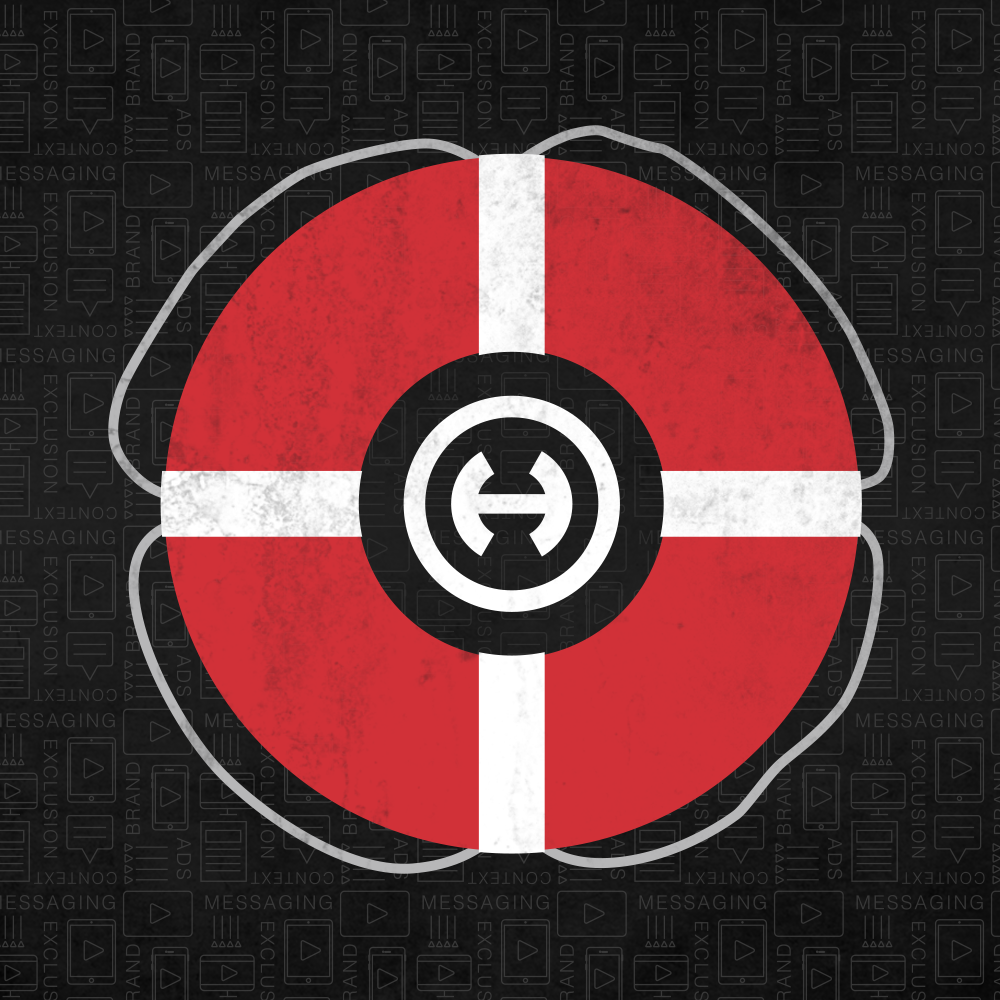Context is a key component of communication, and brand messaging is no different. Brands have always been concerned with the atmosphere in which their messages appear, whether it is avoiding adult-themed topics or for competitive separation reasons.
Digital media has presented new challenges in managing that context because it is more complicated to monitor than traditional media. Digital media placements also happen on a one-to-one basis and cannot be validated the same way as a page ad in a magazine or an outdoor billboard.
Technology was developed as digital media grew to provide advertisers with digital brand safety measures, though, acting as a filter to avoid placements adjacent to questionable content.
Digital brand safety entered the spotlight again in mid-March when several major brands found their messaging alongside extremist video content on YouTube, including those produced by hate preachers and former Ku Klux Klan leader David Duke.
Google’s model of revenue sharing with YouTube creators and Google Display Network websites has created a democratization of distributed content and allowed for many people to become publishers/producers. Some of those voices are hateful and extreme, and Google did less than they could to give advertisers control in avoiding that content.
While Google received the brunt of recent news coverage, brand safety in digital advertising is an industry issue and not a Google-only problem. Any ad network or DSP partner sourcing inventory programmatically through the exchanges could place advertisers near objectionable content, which is why brand safety measures are so important.
There are different ways to achieve brand safety, and we incorporate them all based on each individual client’s goals and needs:
- Employ extensive blacklists that prohibit ads from showing up on particular websites. Hiebing maintains a standard blacklist that is customized to fit specific client needs and sensitivities.
- Work with partners that have developed a proprietary brand safety technology to avoid questionable content. Examples of these partners include MediaMath, our self-serve demand side platform (DSP) where we directly manage a lot of our digital media buys, as well as ad networks we work with for a variety of specialized targeting needs. These propriety technologies cover typically avoided content like pornography but can also be customized to fit client needs (e.g., avoiding content related to food borne illness for restaurant clients).
- Buy inventory directly from sites rather than through a network. While this approach limits reach, it gives advertisers the most control over where their messages appear.
- Incorporate brand safety ad technology from third-party companies like Moat or Integral Ad Science to add an independent layer safeguarding against questionable placements. This option increases costs as it is an additional component on top of the tools included from existing premium partners.
The safeguards on Google differ because they are a “walled garden” limiting data and visibility to third-party products and companies, but safeguards do exist to offer a level of control for advertisers.
The onus is on the advertiser to be aware of and implement them, though, as opposed to working with an ad network partner that would provide more active brand safety management.
Each of the following options is currently available to help advertisers avoid the type of contextual placements being cited by advertisers and agencies in the March instance. In response to that situation and the resulting boycott by some advertisers, we anticipate Google will take other steps that will make it an even safer environment by adding to the existing safeguards:
- Content Type/Category Exclusions – Allows advertisers to avoid appearing in some broad categories of content like juvenile, profanity or sexually suggestive.
- Digital Content Labels Exclusions – These are ratings based on the content, we typically avoid DL-MA (Mature Audiences) and anything “Not yet labeled,” but this could be set even more restrictively.
- Placement Exclusions – This is Google’s “blacklist” option to avoid known pages, sites, mobile apps and video producers, but also can be used to eliminate websites that perform poorly.
- Topic Exclusions – Subtopics within subject areas like Right-Wing Politics or Vehicle Codes & Driving Laws – Drunk Driving.
- Negative Keywords – Content based on specific language/copy. These work the same way they do in paid search to suppress content that shares terms we care about but uses them in a different way.
Despite the current uproar from advertisers and agencies, this is not a new problem and is one Hiebing is addressing on an ongoing basis for all clients. The issue is also not unique to one partner, and a Google boycott is counter-productive because it doesn’t address the root challenge.
Media partners have different strengths and weaknesses, and should be used in ways that maximize the strengths and minimize the weaknesses.
Google has a low barrier to entry and gives advertisers the ability to execute smaller buys, but requires more hands-on management of brand safety.
Ad networks and DSPs offer more transparency and more sophisticated targeting options, but have minimum spend requirements that can be cost prohibitive. Finally, site direct buys can include premium placements and content integrations, but also have reach limitations.
We continue to determine which partner type is the best fit on a campaign-by-campaign basis and have specific conversations with clients to ensure the brand safety measures applied for each partner align with their specific needs.
